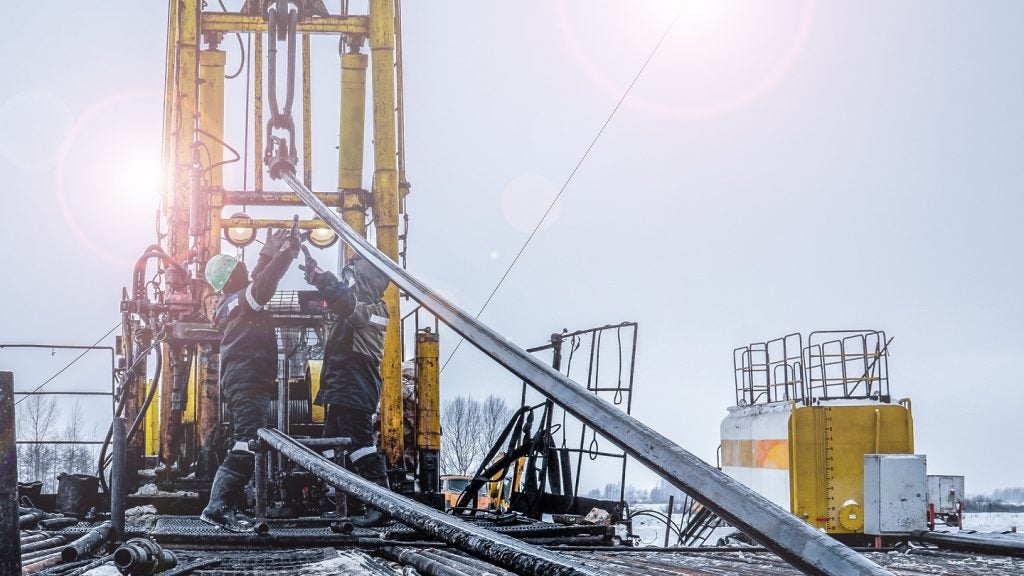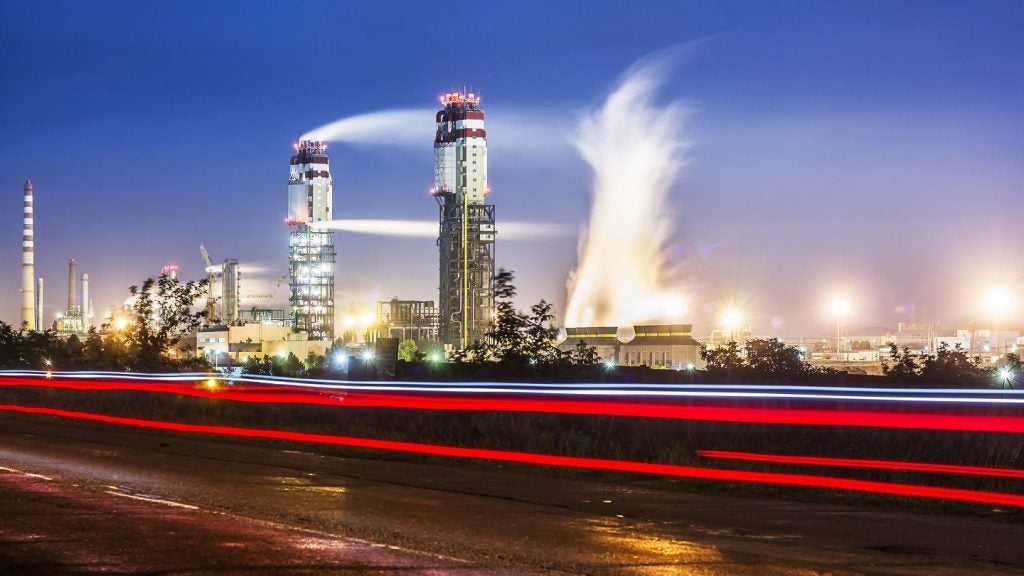BIGST Cluster is a conventional gas development located in shallow water in Malaysia and is operated by PETRONAS Carigali International Sdn. According to GlobalData, who tracks more than 34,000 active and developing oil and gas fields worldwide, BIGST Cluster was discovered in 1970, lies in block PM 313, with water depth of around 197 feet. Buy the profile here.
The project is currently in feasibility stage and is expected to start commercial production in 2029.
Field participation details
The field is owned by ENEOS and Petroliam Nasional.
Production from BIGST Cluster
Production from the BIGST Cluster conventional gas development project is expected to begin in 2029 and is forecast to peak in 2030, Based on economic assumptions, the production will continue until the field reaches its economic limit in 2052.
About PETRONAS Carigali International Sdn
PETRONAS Carigali International Sdn Bhd (PETRONAS Carigali) is a Malaysia based oil and gas company. The company is a subsidiary of Petroliam Nasional Berhad (PETRONAS). The company is a fully integrated oil and gas corporation of Malaysian government. The company is engaged in exploration, development and production of oil and gas in Malaysia. The company operates in various areas such as China, North America and Southeast Asia. PETRONAS Carigali is headquartered in Kuala Lumpur, Malaysia.
In July 2011, the company made two gas discoveries in the shallow water areas offshore the west coast of Sabah. The first discovery was via the Zuhal East-1 well located in the Samarang Asam Paya Block. The second discovery at the Menggatal-1 well located in Block SB312, about 110km northeast of Kota Kinabalu.
For more details on the BIGST Cluster Conventional Gas Field, buy the profile here.
Data Insights
From

The gold standard of business intelligence.
Blending expert knowledge with cutting-edge technology, GlobalData’s unrivalled proprietary data will enable you to decode what’s happening in your market. You can make better informed decisions and gain a future-proof advantage over your competitors.






